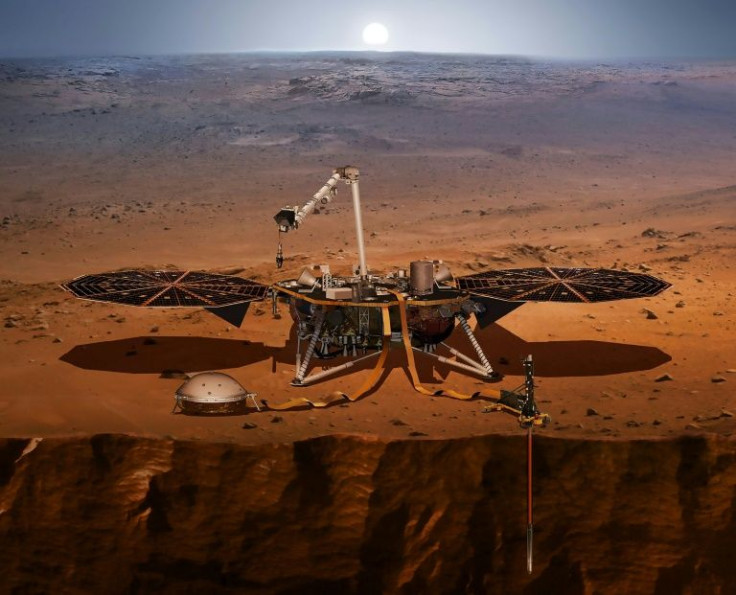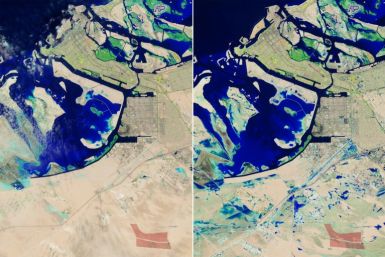NASA's InSight Lander Takes Final 'Selfie' Before Retirement

NASA's InSight Mars lander took a final dusty selfie ahead of its impending retirement. It has achieved quite a lot during its stay on the red planet.
The InSight Mars lander took the final image last April 22, which NASA noted to be its 1,211th sol or Martian day.
In the images NASA shared on Twitter, one can see that InSight has become very dusty for its final selfie compared to how it looked when it took its first selfie in December 2018, soon after landing.
"Before losing more solar energy, I took some time to take in my surroundings and snapped my final selfie before I rest my arm and camera permanently in the stowed position," the tweet read.
NASA called this position the "retirement pose," and InSight would have to stay in it because its dust-covered solar panels are already producing less power. As NASA explained, the solar panels used to be able to produce enough power to use an electric oven for an hour and 40 minutes. Now, they can only produce enough power to use the same oven for just about 10 minutes.
With less power and the increasingly dusty conditions on Mars due to the seasonal changes, the lander is expected to end its science operations this summer and be "inoperative" by December. This would mark the end of the mission that began after it landed in November 2018. It achieved its primary science mission within a Martian year and is currently on an extended mission.
During its stay on Mars, InSight detected more than 1,300 marsquakes, including the magnitude 5 "monster quake" earlier in May, which ended up being the largest quake to be recorded on the red planet.
These quakes are fascinating to record on another planet. At the same time, they provide valuable information on the planet's composition.
"InSight has transformed our understanding of the interiors of rocky planets and set the stage for future missions," Lori Glaze, the director of NASA's Planetary Science Division, said in May. "We can apply what we've learned about Mars' inner structure to Earth, the Moon, Venus, and even rocky planets in other solar systems."
Those who would like to send InSight off may send it and the team behind it a postcard, some of which feature the stunning images the lander has taken over the years.

Photo: NASA via AFP






